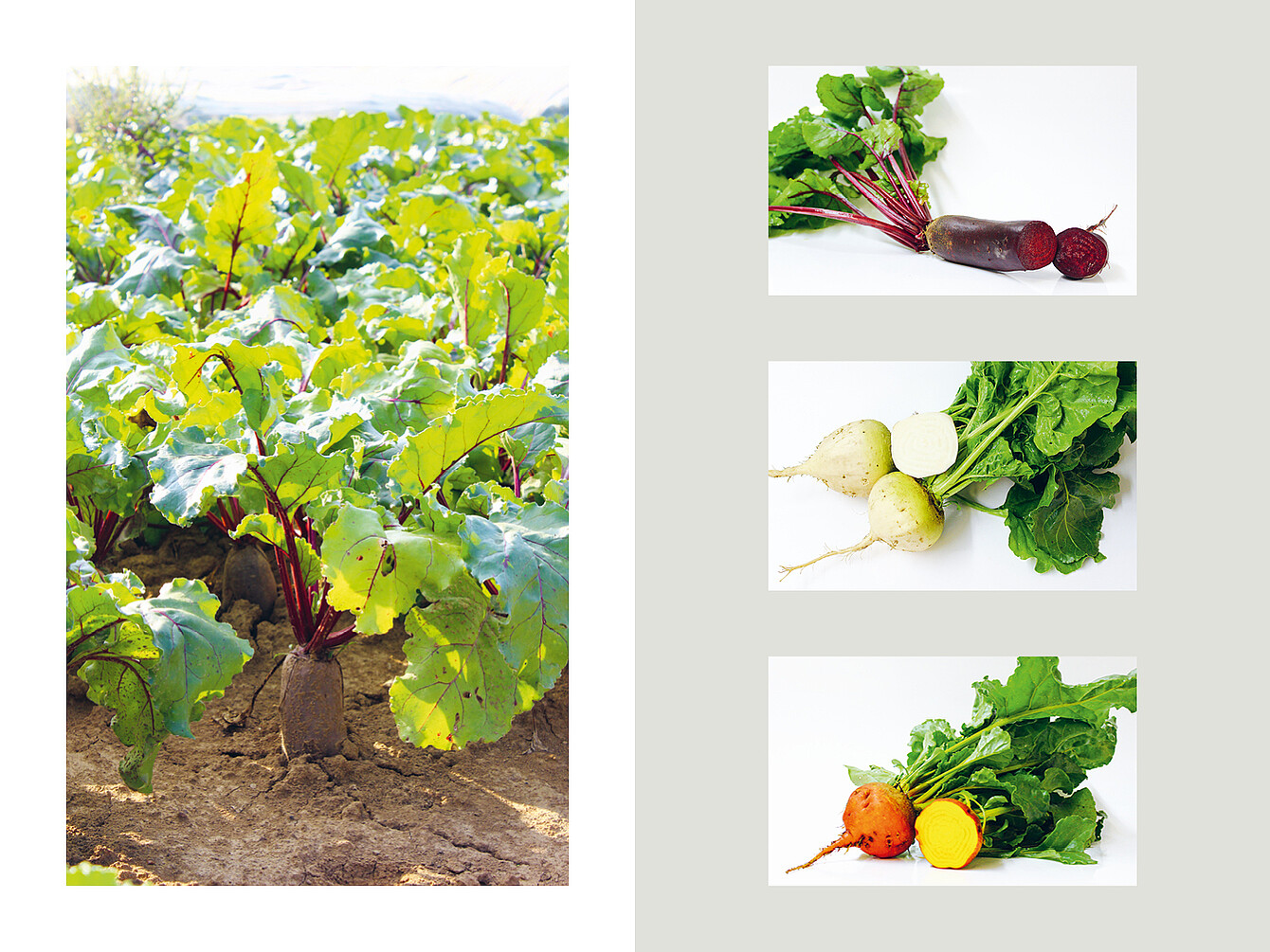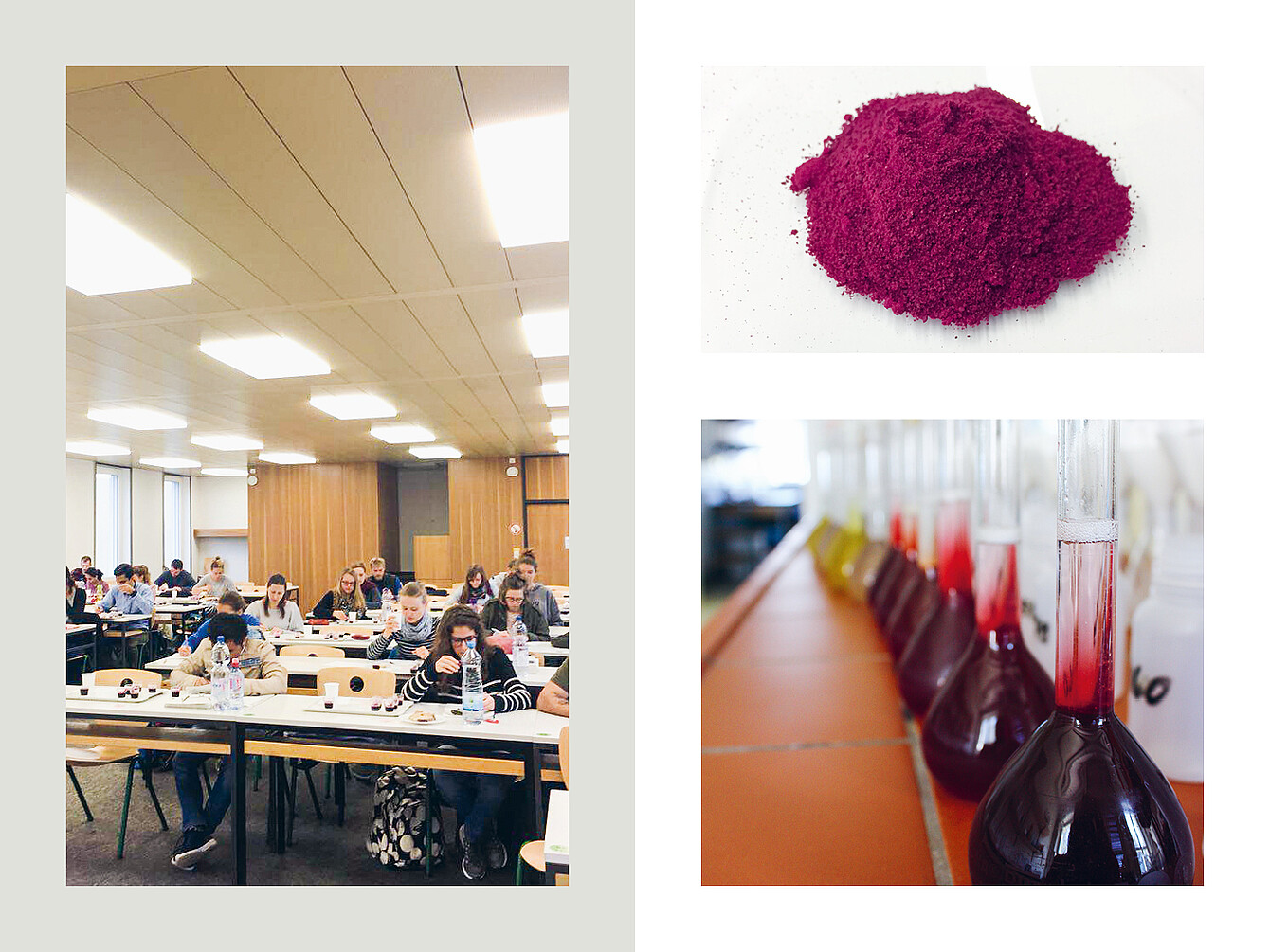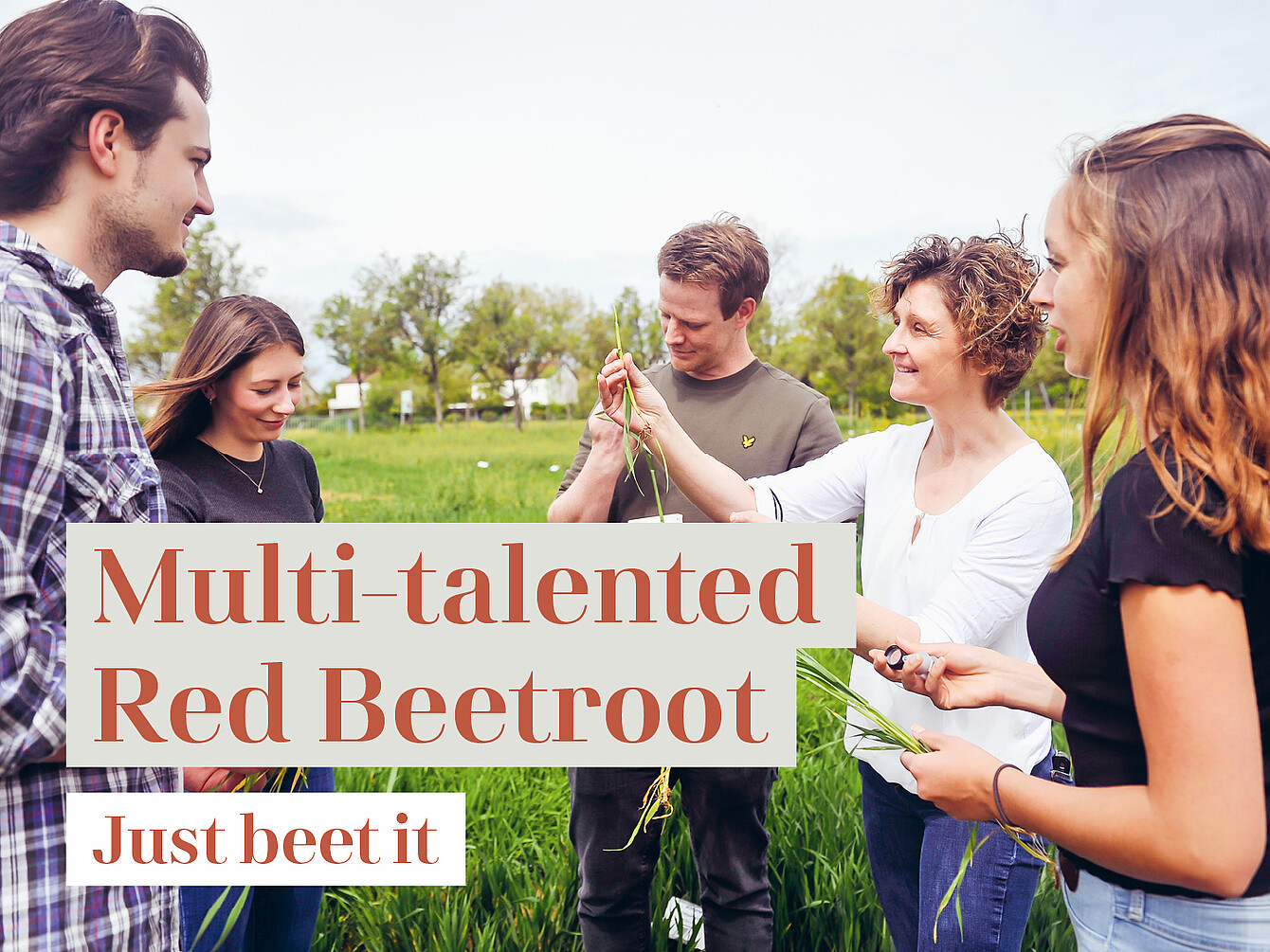Red beetroot is rich in vitamins B, C, potassium, magnesium, zinc, selenium and iron. It has a blood-purifying effect, deacidifies the organism and has a positive influence on the metabolism. The secondary plant substances in red beetroot support the immune system and have an anti-inflammatory effect. Red beetroot is a real all-rounder.
But what effects do the different cultivation methods have on the compounds and nutrients of the vegetables? And what about the fertiliser? Does it have an influence on the nutritionally relevant nutrients? These questions were among those investigated in the research project “Multi-talented red beetroot” at the “University of Hohenheim”, which was financed by the Stoll VITA Foundation. The funding enabled research to be carried out into relevant issues relating to the organic cultivation and utilisation of red beetroot in various food products. We spoke to Prof. Dr. agr. Simone Graeff-Hönninger about her work, the various effects of red beetroot and how important it is to democratise research.
Not all beetroot is the same? What differences did you look at more closely in your research project?
In the project, we looked at different varieties and new breeds of red beetroot and tested them for their agronomic properties such as yield, shape, appearance, colour and susceptibility to disease, as well as for key compounds, such as total sugars, colouring agents, nitrate and phenols.

Red beetroot is a biennial herbaceous plant. The red beetroot and a rosette of leaves are formed in the first year.
Red beetroot comes in a variety of shapes, mostly round to pear-shaped, and can reach a weight of up to 600g. In addition to the well-known beetroot with its purple-red flesh, there are also colourless white beetroot and pale yellow beetroot
What influence does the cultivation method have on the beet's ingredients?
Various studies have shown that there are significant differences between varieties in terms of the composition and content of health-promoting ingredients. The potential of red beetroot breeding lines and varieties in terms of their nutritional content is currently unexplored or unutilised. In addition, there is little knowledge about the extent to which the ingredients can be specifically influenced by the cultivation system (e.g. fertiliser level and form), particularly under organic farming conditions. The aim of the project was therefore to investigate how a) variety, b) level of N (Nitrogen) fertilisation and c) N fertiliser form in organic farming affects health-promoting ingredients in red beetroot.
The project showed that the choice of variety plays a crucial role, as different varieties vary significantly in their composition and are also strongly influenced by environmental conditions and the year of cultivation. The tested fertilisers and fertiliser levels primarily affected the nitrate content in the red beetroot, less so the other compounds. For example, in products where a high nitrate content is desirable (sports drinks or the use of red beetroot as a food supplement), the application of the plant-based fertiliser Maltaflor, at a level of 100 kg N ha-¹, achieved the highest levels.
In your research work, you focused on organic cultivation. One challenge was the topic of fertilisers. What observations did you make with regard to differences in yield and flavour?
The results of the research project have shown that the nitrate content of red beetroot can be steered in the desired direction with different amounts of the growth granulate Maltaflor, a fertiliser that is completely free of plastics and animal components, with adapted fertilisation.
The result is important. Why? A high nitrate content is desirable in sports drinks, for example, as it has been proven that nitrate can improve the contractility of skeletal muscles, power generation and sprint and repeated sprint performance. However, a low nitrate content is important for baby food. Nitrite can be formed from nitrate during the processing and preparation of food. Too much of this can impair the oxygen supply to the blood in infants. The results of our research show that a targeted selection of varieties for the desired end products is therefore highly recommended.

In the “Agricultural Sciences” course, the development of crop production systems (regional, global) is studied under different aspects (ecological-conventional, integration of new crops, digitalisation, intercropping, etc.) as well as the bioeconomy.
The central methodological element is the use of 2D or 3D plant growth models at different levels (organ, individual plant, field) for a holistic view of the soil-plant-environment system.
The breeding process for new varieties is very complex. Can you explain the respective steps for us?
In order to produce organic varieties suitable for organic production, organic breeding must be carried out under organic farming conditions and must focus on improving genetic diversity, confidence in the ability to reproduce naturally, agronomic performance, disease resistance and adaptation to different local soil and climatic conditions. All propagation methods must be carried out under certified organic management.
In detail, the breeding process therefore consists of many sub-steps that take many years until final variety approval. Our research is based on landraces and old varieties. In addition to selection under organic conditions, natural crossing and propagation as well as maintaining seed vigour, the variety testing and approval, which can take two to three years, were decisive in the end. If these steps are taken into account, it can take between seven and ten years before a new vegetable variety can be offered to farmers for cultivation.
The Stoll VITA Foundation has financed your research work. Thanks to this support, your research results were made freely accessible to farmers and not just made available to a breeder who ultimately commercialises them.
How important are freely accessible research results for organic farming?
Organic farming favours genetic diversity and regional adaptation. Open research enables breeders, growers or associations, for example, to access a broad knowledge base and develop varieties that are adapted to the location and resilient to stress factors such as drought or disease. In organic farming in particular, many projects work in a participatory manner, i.e. together with farmers. Freely accessible data and findings provide these groups with a sound basis for decision-making and equal access to knowledge.
Do you want to find out more about the Stoll VITA Foundation’s research projects?

Prof. Dr agr. Simone Graeff-Hönninger is head of the “Institute of Crop Sciences” at the University of Hohenheim. She holds the Chair of Crop Production.
social media channels:


